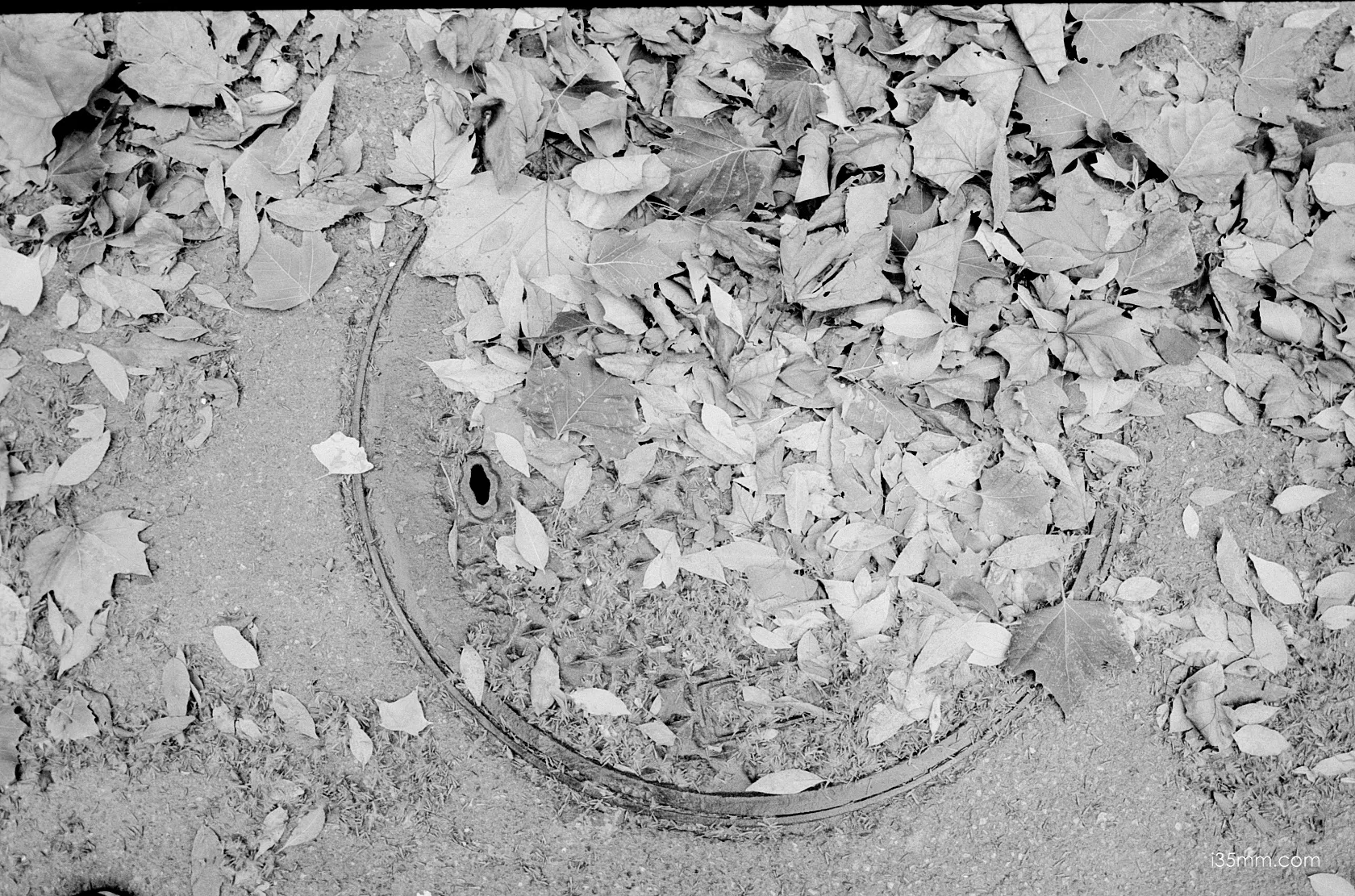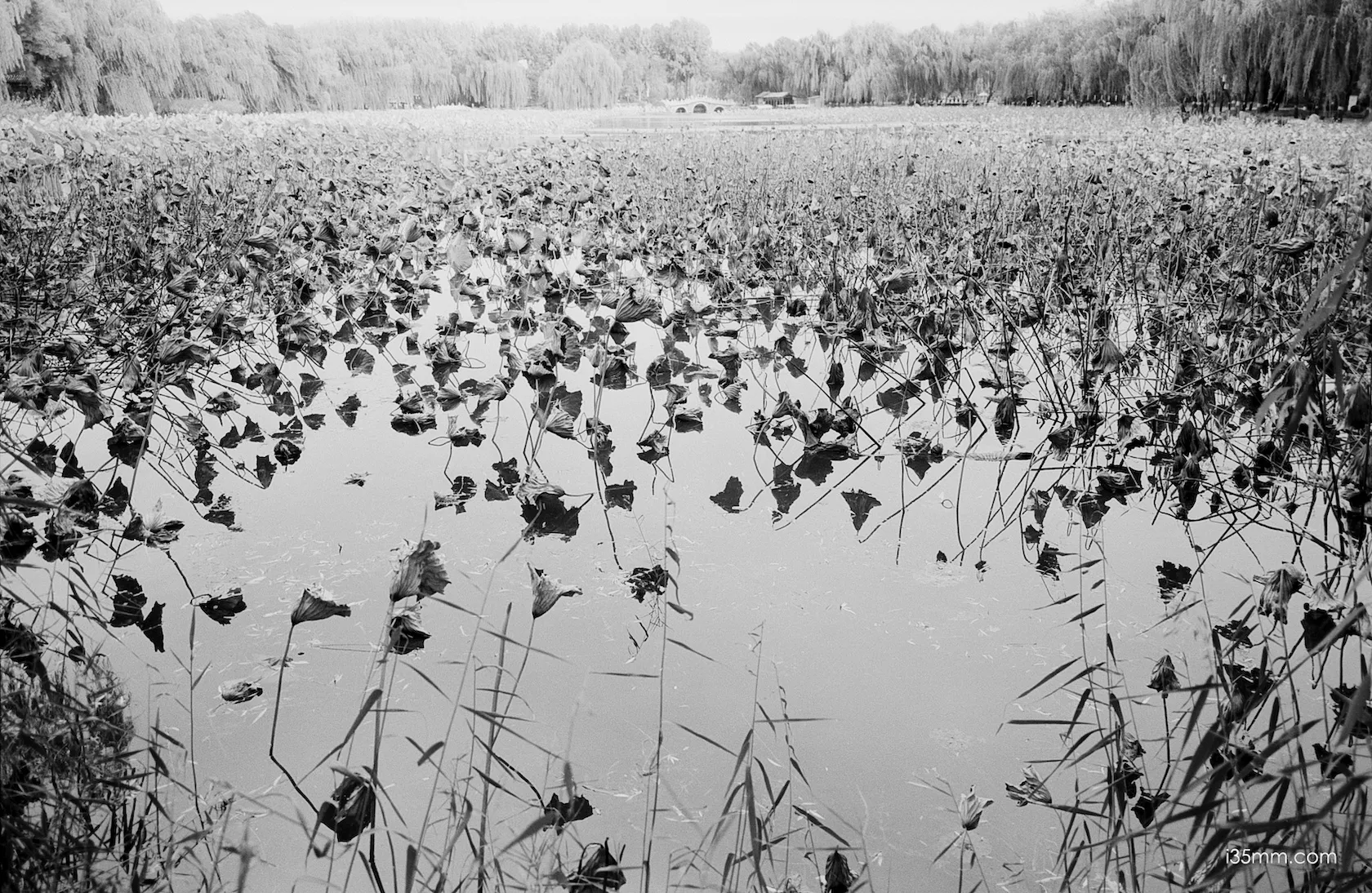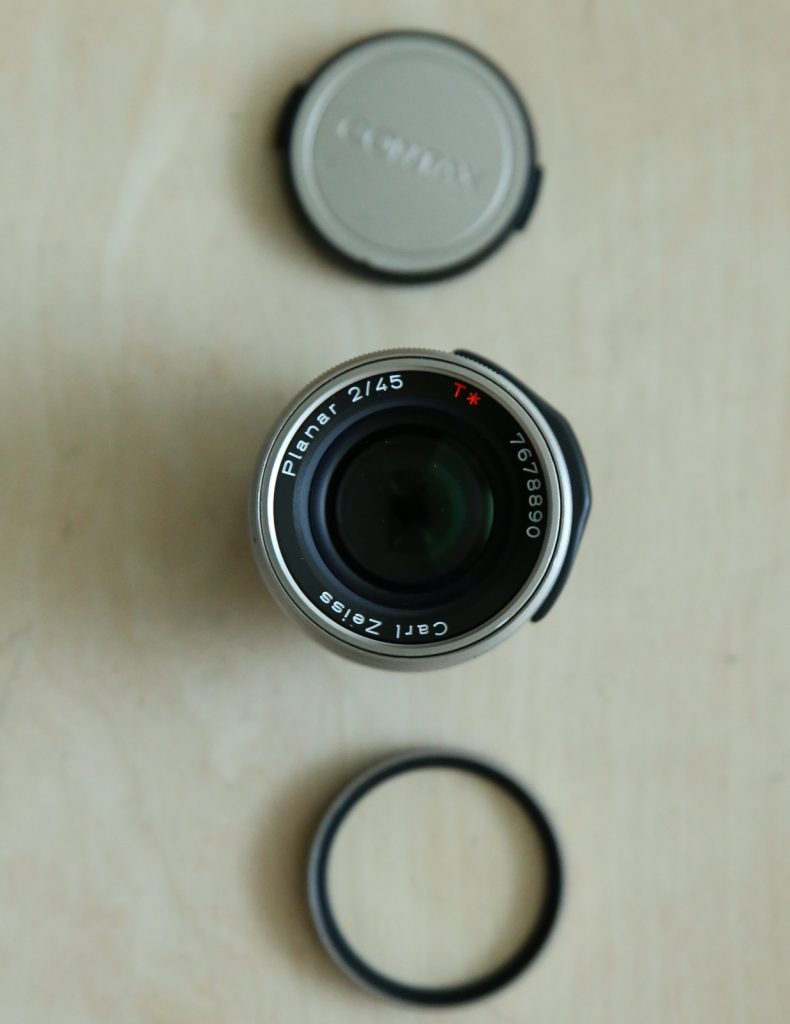Prologue: The Autumn Leaf in a Digital Storm
In an era where pixels multiply like dandelion seeds, the Contax G2 drifts into view like a maple leaf preserved in a vintage book—fragile, poetic, and stubbornly beautiful. Priced between 600–600–1,200 (2024 USD), this titanium-clad relic is the antique pocket watch of film cameras: intricate, undervalued, and ticking with analog grace. Think of it as the quiet companion you’d find in a forgotten library, whispering stories of a time when light was measured in silver halide, not megapixels.









Design: Porsche’s Haiku
- Bauhaus in Titanium
- Body: Brushed metal and matte finishes—cold as a Bavarian winter morning, yet balanced like a Zen rock garden. Fits in a coat pocket like a folded love letter.
- Lens: Carl Zeiss glass, sharper than a samurai’s blade and warmer than a hearth—28mm f/2.8 to 90mm f/2.8, each a stanza in an optical poem.
- The Weight of Intent
- Dense enough to feel purposeful, light enough to forget you’re carrying it—a paradox wrapped in Japanese-German engineering.
Optical Alchemy: Time Travel in a Frame
| Aspect | Contax G2 | Fujifilm X-Pro3 |
|---|---|---|
| Focus Speed | A falcon diving for prey | A commuter missing their train |
| Bokeh | Van Gogh’s Starry Night | A spreadsheet gradient |
| Soul | 🖋️🖋️🖋️🖋️🖋️ | 💻 |
- Autofocus: Snaps to clarity like a novelist finding the perfect word—startlingly fast for a ’90s relic.
- Manual Focus: A hidden dial for purists, turning focus into a meditative ritual.
The “Three Truths”
- Film’s Ephemeral Dance: Burns through rolls like pages in a diary—each frame a fleeting confession.
- Flaws as Features: LCD counters bleed ink like aging calligraphy; plastic grips shed skin like a snake—wabi-sabi in motion.
- Chinese Proverb Footnote:“榫卯相合”
(“Mortise and tenon joinery”)
A nod to how this camera interlocks analog craftsmanship with digital curiosity, like ancient woodwork defying time.
Film vs Digital: A Garden in Two Seasons
- Film Romance: On Kodak Portra 400, it’s Hemingway in Paris—grainy, raw, and drenched in golden-hour longing.
- Digital Age: Fuji’s X-Pro3 feels like a ChatGPT sonnet—polished but sterile, missing the coffee stains and dog-eared corners.
Who Needs This Camera?
✓ Analog Archivists: Who believe imperfection is the soul of art
✓ Minimalist Poets: Seeking “less tech, more texture”
✓ Contrarians: Who’d choose a typewriter over a touchscreen
Avoid If: You crave autofocus speed, hate quirks, or think “vintage” means “obsolete.”
Final Verdict: The Unlikely Time Capsule
The G2 isn’t just a camera—it’s a kintsugi masterpiece, mending analog’s cracks with titanium and grit. For the price of a weekend in Kyoto, you gain:
- A relic from photography’s last romantic rebellion
- Proof that “outdated” often means “undervalued”
- Permission to ignore megapixels and chase ghosts
Rating:
🎞️🎞️🎞️🎞️🎞️ (film alchemists) | 📱📱🤍🤍🤍 (zoombies)
“A camera that whispers: ‘The past is not dead—it’s just waiting to be rediscovered.’”
Pro Tips:
- Battery Hack: Use SR44 cells—avoid the dreaded mid-roll blackout.
- Film Pairing: Ilford HP5+ @1600—grain dances with Zeiss’ clinical precision.
- Zen Mantra: “The best camera is the one that makes you forget time.”
Epilogue: The Blue-and-White Whisper
Contax’s G2 scoffs at digital’s ephemeral glow, whispering: “True artistry lies in the seams where light hesitates.” Like a 竹简 (bamboo scroll), its beauty thrives in the tension between fragility and endurance—a tactile chronicle of moments etched not in code, but in silver. Now slip it into your bag and wander, not to conquer light, but to let it unravel like ink on rice paper. 📸














































